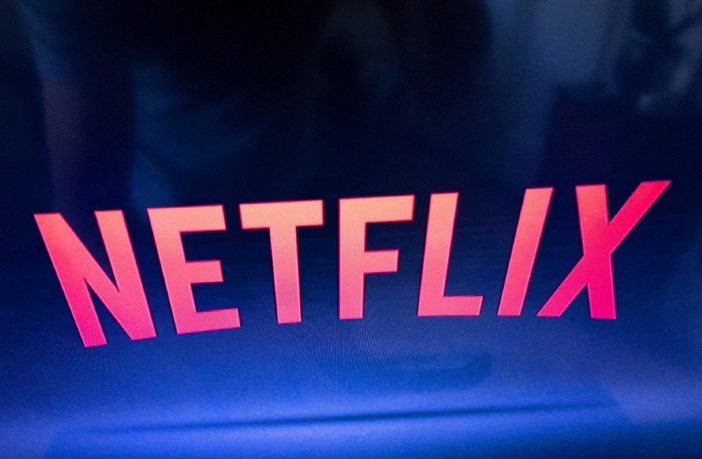
This summer was a breakthrough for streaming, with the time viewers spent watching services like Netflix and Hulu overtaking broadcast and cable TV networks in July for the first month in history. Viewers spent 35% of their time with streamers, 34% on cable networks and 22% watching broadcast television last month, the Nielsen company said Thursday. Video on demand or DVD playback accounted for much of the rest of the time. July is an unusual month — broadcast TV is mostly on vacation with few live sports or scripted programming and a crowded primetime schedule of game shows — but it’s a clear indication of how fast the business is moving.
“It was inevitable,” said David Bianculli, a Rowan University television studies professor and NPR’s “Fresh Air” reviewer. “I knew it had to happen, but I didn’t know it would happen this fast.”
Streaming audience share in July was up 23% from July 2021, Nielsen said. The share of television fell by 10% and that of cable by 9%.
Streaming services have learned from what cable did in its early days, using broadcasting’s quiet summer months to deliver some of their best shows, said Brian Fuhrer, Nielsen’s senior vice president for product strategy. and thought leadership. New episodes of Stranger Things on Netflix alone accounted for 18 billion streaming minutes, while Virgin River and The Umbrella Academy also did well.
Netflix is still the top streamer, but it no longer dominates the field like it once did. In July, Hulu had strong numbers for Only Murders in the Building and The Bear, while Amazon Prime hit with The Terminal List and The Boys.
With the pandemic-related breaks in filming schedules now largely over, streamers have a backlog of fresh material, Fuhrer said.
Many viewers have become familiar with streaming and added it to their diet during the pandemic, he said. They did not look back. Each week in July had more streaming minutes than any other week Nielsen had ever counted, with the exception of the week between Christmas and New Years last year.
The return of football games and a new season of new scripted shows this fall should give broadcast networks a boost, Fuhrer said.
Still, it’s hard to see them pushing back to a level of dominance approaching anything in the past. For one thing, media companies that own broadcast networks also have sister streaming services — CBS and Paramount+, NBC and Peacock, for example — and generally see streaming as the future, he said. declared.
“The networks have collectively not only decided that streaming is the future, but they’re eager to get there as quickly as possible,” Bianculli said. “They don’t do anything to slow the charge down.”
Fuhrer said it will be interesting this fall when big football audiences return to television to see if those networks spend a lot of time promoting their own shows.
“This month and the next two to three months could be the most decisive in the history of television in terms of all the media companies and their strategies,” he said.
Some business pundits believe streaming services are in a pre-shakeout period, with many trying to establish themselves before the industry learns there are only a limited number of outlets for which consumers are willing to pay. The result may be a period of consolidation.
“It’s a great time to be a TV viewer,” Bianculli said, “and I can’t imagine there will ever be more time to get creative with TV.”
Tech




